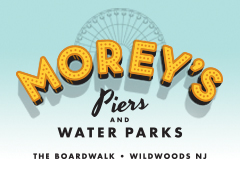TRINA MERRY
The Fine Art Of Body Painting
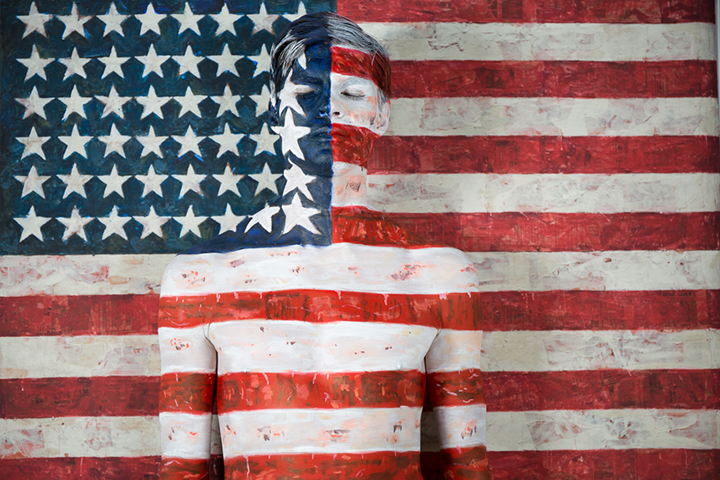
By Jeremy Murphy
The art world was collectively shocked last November when the Leonardo da Vinci painting Salvator Mundi sold for $450.3 million by phone in a record 19-minute auction. Trina Merry, a New York-based body painter, was not. It’s a phenomenon she has been witnessing for years, and which inspired her acclaimed series Lust of Currency.
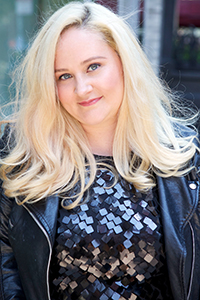 Trina Merry
Trina MerryThe artist re-created the world’s highest grossing masterpieces—Van Gogh, Pollock, Picasso, et all—by camouflaging a model into each piece to signify “the sellers and anonymous buyers who have commoditized art,” Merry says. “When people don’t remember the name of a painting, but they do the price, that’s a very profound statement. How do we value art now? Is it by the historical significance or price tag?” To further make her point, the artist renamed each painting by the selling price. To wit: the famous oil canvas Interchange by abstract expressionist Willem de Kooning has been rebranded $300,000,000 in Merry’s series.
It’s just one of many projects the artist has done in the 12 years she has been painting. Now one of the art world’s most respected talents (she was named a “World Champion Body Painter” in 2012), Merry is helping distinguish her particular craft—camouflaging models into settings, scenery and other paintings, and also creating objects out of people—as a fine art worthy of the most prestigious museums and showcases. Merry has exhibited her creations around the world, in addition to doing private commissions, marketing campaigns, and her own passion projects. It’s not uncommon for her to start a series merely to make a statement.
New York Lifestyles sat down with the 38-year-old artist recently to learn more about her extraordinary talent and future.
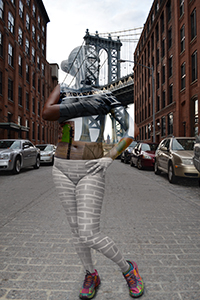
How do you distinguish body painting as fine art and separate it from more celebratory fare?
With any medium, there are multiple ways to use it. Painting, sculpture, photography—these can all be used either as fine art or not. An artist can sculpt an everyday cup or can sculpt the next David. I know many technically talented body painters, but they are not working with the medium as fine art—they work from gig to gig. They are looking to use body-paint as a commercial commodity. Whereas, as an NYC artist, I am using body paint as a fine art in context and in conversation with the contemporary art scene. I consider myself to be an interdisciplinary artist first who happens to be using body paint as one of my mediums. I keep winning photography awards for example, even though photography is a relatively quick part of my process used to document performances.
Tell us some of the advantages of living and working in NYC as an artist.
NYC is a primary art market, which has benefits for anyone wishing to make a living as an artist but it also is an incredibly nurturing and accepting place for artists to experiment. I’ve never been so surrounded by the current conversations in art like I am in NYC; it’s like living at an international art fair year-round and responding in real time to conversations with other artists.
What inspires you here in NYC?
I’m attracted and inspired by ephemeral experiences especially performance art, installations, video and some sculptures. I’m also very encouraged by the architecture, energy, and pace of NYC which inspires me to do my best work and to keep going.
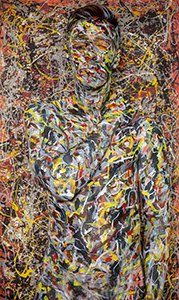
In this kind of new economy for art, what do you think is the role of the artist?
Right now, the art economy is one of the best we have ever had, with art selling for unprecedented high prices. And it’s now globalized to include collectors and artists from around the world for the first time in history. It has shifted from a true patron-environment to one where the artist is potentially an entrepreneur needing to build a brand for themselves that they or their galleries can “market.”
How to do you prevent art from being commoditized further?
The art economy has become more transparent with its pricing. Buying is always an emotional decision, and the auctions, internet, and art fairs have all led people to make very interested and varied emotional decisions. It is not the most famous or best works of art selling at these record high prices; it is often the ones with the best stories. I find this all very distracting and limiting to my practice as do many other artists, which is why we still ultimately enjoy the gallery and art dealer relationships we have, and perhaps appreciate them in a new, deeply personal way.
What new projects are you working on?
I’m experimenting with some feminist works around the body. As a woman, working with the body, it was logical that this would be something I would eventually experiment with. Amid the current cultural climate in America, it seems more urgent to work with women directly on their stories and my own experiences with the body. I use the body as a surface but am also working with the body as a brush in this series and expanding this to include some sculptures and video.
For more information on Trina Merry, visit trinamerryartist.com.








